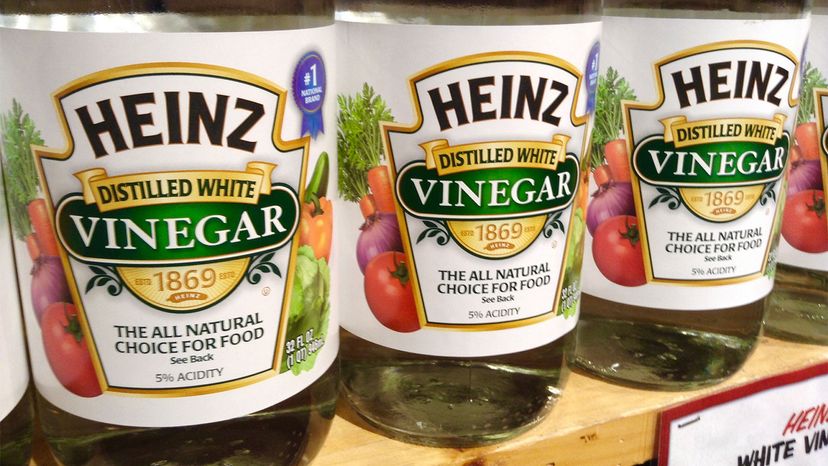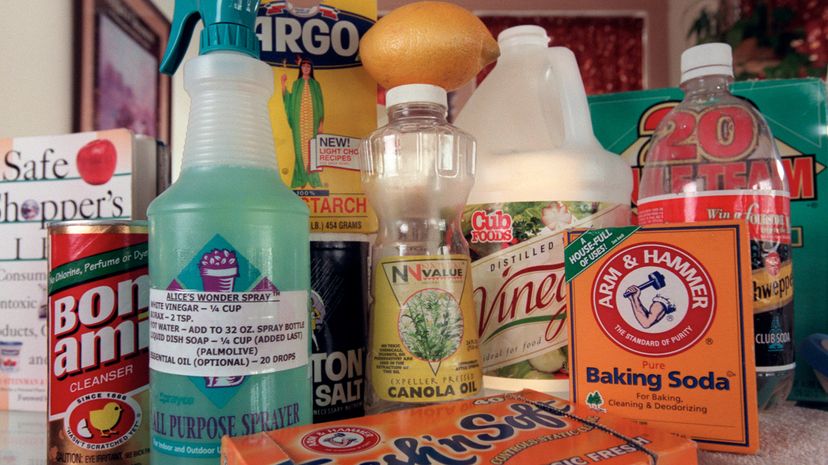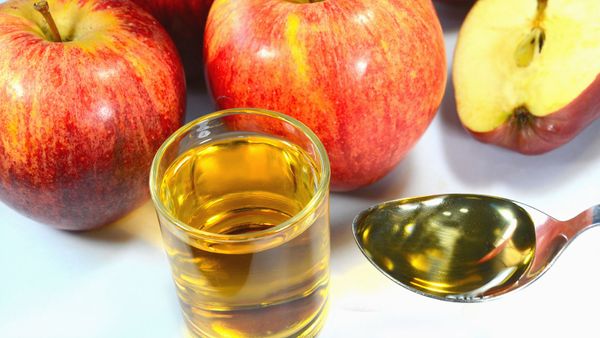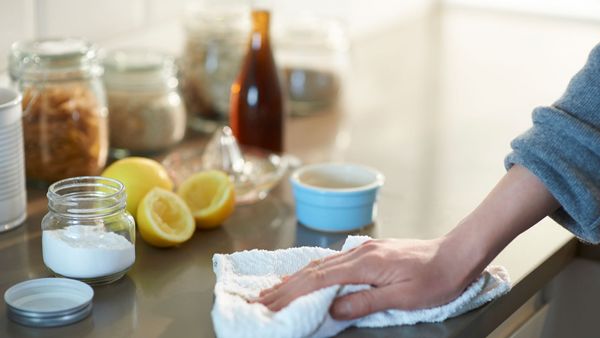
Key Takeaways
- Both white vinegar and cleaning vinegar undergo the same fermentation process, but cleaning vinegar contains less water. The more concentrated solution has a higher acetic acid content.
- White vinegar is the more versatile option. You can use it for cooking as well as cleaning. However, cleaning vinegar is a specific product for cleaning tasks due to its higher acidity, making it more effective for certain cleaning purposes.
- Both types of vinegar serve as antibacterial cleaners for household chores, but cleaning vinegar’s greater acidic punch makes it suitable for tougher cleaning jobs
The cleaning cabinet in your home may be full of spray bottles and commercial cleaning products, each with its own purpose (like liquid dish soap). There's a spray bottle for natural stone countertops and another spray bottle for soap scum in the kitchen sink. But there's also a specialty spritz to clean windows, a separate spray bottle for stainless steel appliances and one with detergent to clean floors. The products are endless.
But what if you could use just one multipurpose, environmentally friendly concoction to clean most of the surfaces in your home, instead of one of each of the toxic chemicals on the commercial cleaning products aisle? And what if that cleaning solution was natural, nontoxic and inexpensive?
Advertisement
Advertisement



